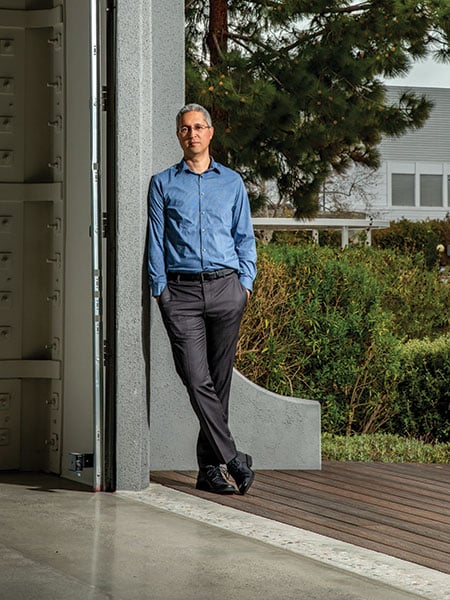
Bootstrapping your way to a billion-dollar valuation
Most tech unicorns are the product of Silicon Valley's well-oiled VC machine. Not Cloudinary. The maker of marketing software was profitable from day one
 Almost a million developers now use Cloudinary CEO and co-founder Itai Lahan’s software, which automates the drudgery of resizing and reformatting digital content for devices and web browsers
Almost a million developers now use Cloudinary CEO and co-founder Itai Lahan’s software, which automates the drudgery of resizing and reformatting digital content for devices and web browsers
Image: Christie Hemm Klok for Forbes
Itai Lahan is adamant that ambitious entrepreneurs should certainly fill their coffers with venture capitalists’ money if they get the chance. “The only consistent way to get to be a billion-dollar company is to go the VC route,” the Cloudinary CEO declares. “That, hands down, will always win.”
In a classic case of “do as I say, not as I do,” though, Lahan has repeatedly turned down venture funding since launching Cloudinary in 2012. Instead, he and his fellow Israeli co-founders, Nadav Soferman and Tal Lev-Ami, have bootstrapped their Santa Clara, California–based startup to near unicorn status. The company makes software that helps the CIOs of almost 7,500 customers, including household names like Nike, Peloton and Neiman Marcus, manage their online marketing content—think videos, logos and product photographs. Revenue grew by some 40 percent last year, to around $70 million, and the company is worth at least $900 million. Cloudinary has appeared on the Forbes Cloud 100 list each of the last three years.
Lahan says the company simply never needed venture money. The founders came up with the idea for the business while running a consulting firm in Israel that built technology for other startups. The clunky software they had to use to manage videos and photos convinced them to create something better. Their consulting clients were Cloudinary’s first customers, which enabled it to turn a profit as soon as it opened its doors. Since then, it has generated enough money—cash flow as measured by Ebitda last year was an estimated $6 million, or about 9 percent of sales—to finance its growth plans every year and to build a 300-person team.
“We were lucky enough early on to grow really fast,” Lahan says. “We were getting money from our customers, and it was more than enough to hit our next-year goals, which were incredibly high.”







